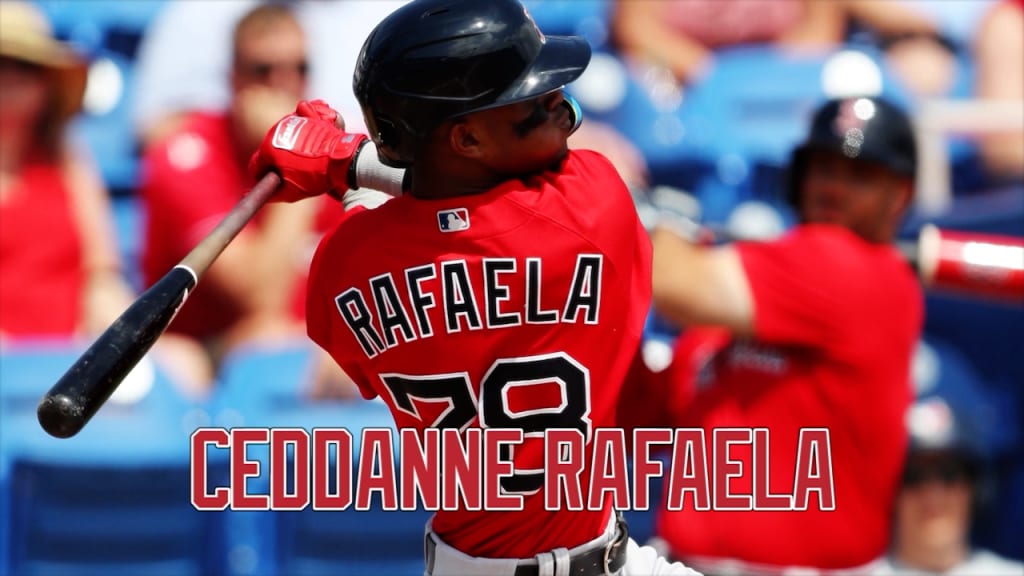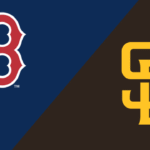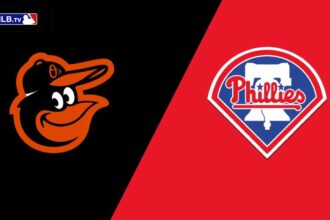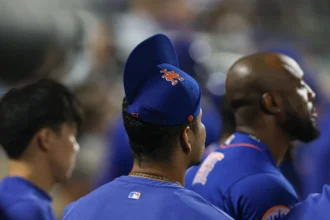The Boston Red Sox have long prided themselves on building a roster full of flexibility and depth. Their front office, led by chief baseball officer Craig Breslow, has placed a premium on players capable of filling multiple positions and adapting to a wide variety of situations. That philosophy has been a consistent part of the organization’s approach over the past few years, allowing the Red Sox to navigate injuries and inconsistent performances with internal versatility rather than relying heavily on outside reinforcements.
Players such as Ceddanne Rafaela, Kristian Campbell, and Romy González embody that vision. They can move around the diamond with ease, providing defensive coverage in several positions and giving manager Alex Cora plenty of lineup options on a daily basis. Even Masataka Yoshida, primarily a corner outfielder and designated hitter, has shown the ability to adjust his role based on the team’s needs. But while the Red Sox’s focus on flexibility has paid off in terms of balance and depth, it comes with one glaring limitation none of these players project as a true middle-of-the-order power threat capable of carrying the offense for extended stretches.

The Red Sox are acutely aware of that gap. For as much as the team values positional adaptability, they also recognize that championship-caliber clubs tend to feature at least one elite run producer — the kind of player who can anchor a lineup and deliver 35 home runs and 100 RBIs in a season. As Breslow noted earlier this week in comments shared by MassLive’s Christopher Smith, there are rare cases where a player’s offensive ceiling simply outweighs the benefits of positional fluidity.
“I think flexibility is very valuable,” Breslow explained. “But there is certainly a talent threshold that is elite enough to warrant just penciling somebody in. If David Ortiz were available in his prime, then certainly that’s just something that you commit.”
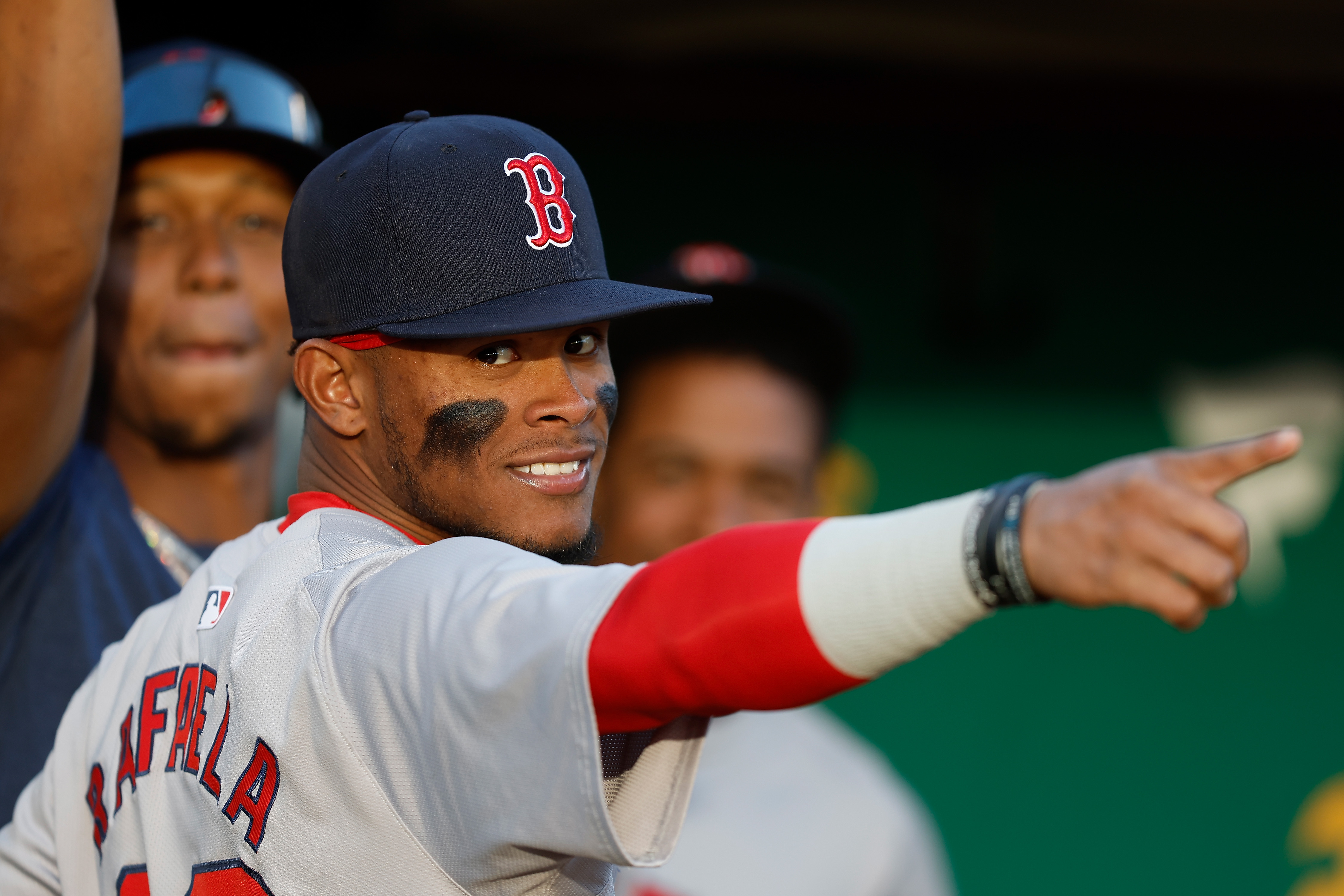
That statement captured the balance Boston is currently trying to strike. Breslow and his staff want to maintain the roster versatility that allows them to manage workloads, handle matchups, and preserve depth but they also know there’s an argument for pursuing a game-changing slugger who can reshape the lineup. The mention of Ortiz wasn’t just nostalgic; it was symbolic. The Red Sox haven’t had a true, fearsome power bat in the mold of Big Papi since his retirement in 2016, and it’s become increasingly clear that the front office is open to breaking from its recent philosophy if the right player becomes available.
Two names that immediately come to mind in this context are Philadelphia Phillies designated hitter Kyle Schwarber and New York Mets first baseman Pete Alonso. Both fit the “elite talent” category Breslow alluded to — players whose sheer power and run production can alter the complexion of an entire lineup. Neither Schwarber nor Alonso is the next Ortiz, of course, but each has surpassed the 35-home run and 100-RBI benchmarks in three of the last four seasons, making them among the most consistent power hitters in the sport.

Schwarber’s appeal lies in his left-handed power stroke and his postseason pedigree. He’s one of the most feared hitters in baseball when he’s locked in, capable of changing a game with a single swing. Alonso, meanwhile, is the quintessential power-hitting first baseman a durable, right-handed slugger who has led the National League in home runs multiple times and remains one of the league’s top RBI producers. Both would immediately fill the void the Red Sox have struggled to address in recent years: a true middle-order presence who can both intimidate opposing pitchers and provide protection for hitters like Rafael Devers and Triston Casas.
The Red Sox have already been linked to both players in offseason rumors, fueling speculation that Breslow could make an aggressive move for one of them. Adding a proven home run threat would not only provide a psychological lift but also give Boston’s offense a level of consistency it lacked at times during the 2025 season.
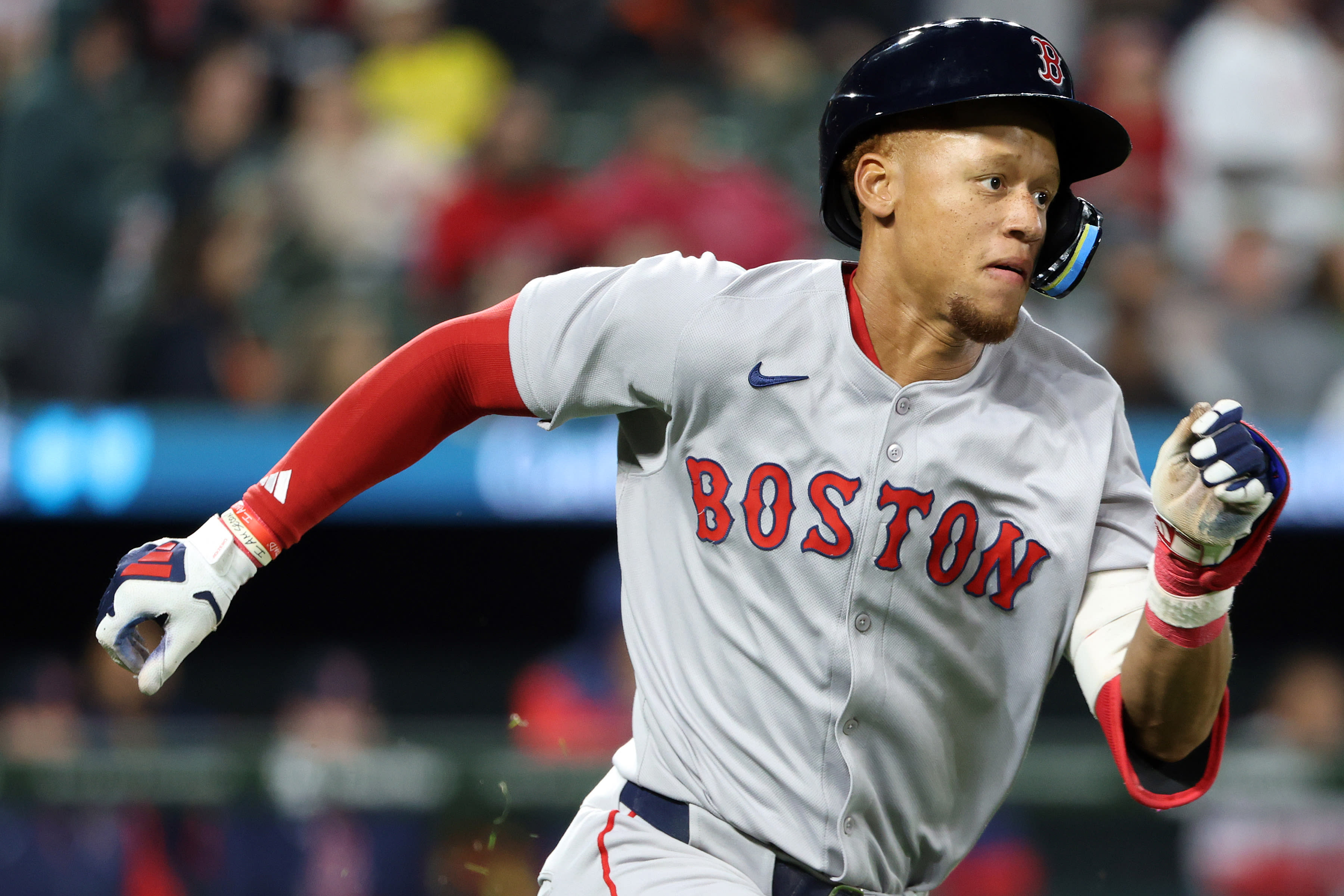
Still, Breslow’s comments also suggest that the organization is keeping an open mind about how to approach the designated hitter role moving forward. While the temptation to pursue a singular offensive force is strong, Boston may opt for a more collaborative approach to filling the DH spot one that leverages its existing roster depth rather than committing to a single player for that role.
“But given we have, as an example, four outfielders that we think are capable of playing every day,” Breslow continued, “the DH spot could be an opportunity to keep guys fresh and keep bats in the lineup.”
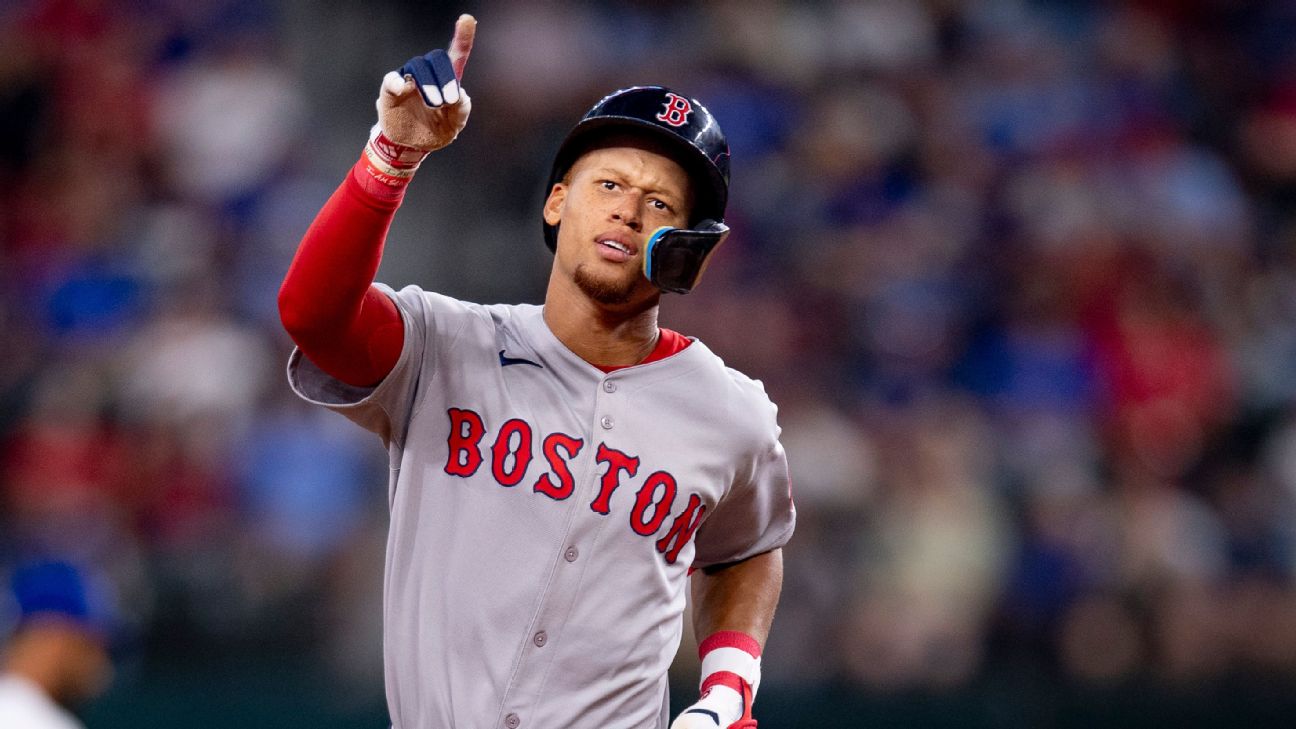
That statement speaks volumes about the Red Sox’s strategic flexibility. The club’s current outfield depth which includes players like Rafaela, Jarren Duran, Wilyer Abreu, and Yoshida gives them the ability to rotate players through the designated hitter position without significantly weakening their defensive alignment. By doing so, they can maximize offensive matchups, reduce fatigue, and ensure that everyone stays sharp throughout the grueling 162-game season.
However, this approach isn’t without its challenges. Relying on a rotating DH structure means there’s no single player consistently filling that role, which can make it difficult for anyone to establish rhythm or routine. Additionally, it limits the Red Sox’s ability to field a true lineup anchor the type of hitter who can intimidate opponents simply by stepping into the batter’s box. As Breslow and the front office weigh their options, they must determine whether the benefits of flexibility outweigh the impact of adding a singular offensive weapon.

This dilemma also connects to other pressing roster questions facing the team this offseason. The Red Sox are widely expected to pursue another starting pitcher to solidify their rotation, which could influence how much financial and roster flexibility they’re willing to dedicate to an elite slugger. At the same time, their outfield logjam with several players capable of starting but none fully established as a long-term centerpiece could serve as both a blessing and a bargaining chip.
If Boston chooses to chase a player like Alonso or Schwarber, they may need to move one of their current outfielders or young hitters to balance the roster or free up payroll. On the other hand, if they stick with their internal options and emphasize versatility, they could redirect those resources toward upgrading the pitching staff an area that remains a key priority after bouts of inconsistency in 2025.

The Red Sox’s offensive makeup last season was marked by inconsistency. At times, the lineup looked dynamic and capable of putting up crooked numbers, particularly when Devers and Casas were both healthy and producing. But in other stretches, especially against elite pitching, Boston lacked that one bat who could consistently break games open. The absence of a reliable 35-homer threat often left them relying on stringing together hits or manufacturing runs an approach that can be difficult to sustain deep into the season.
That’s why Breslow’s comments have drawn attention. While the Red Sox have built a team that can play solid, all-around baseball, there’s an understanding that true contenders often have an unmistakable focal point in their lineup. The question now is whether Boston is ready to evolve from a “versatility-first” mindset to a more balanced model that blends flexibility with elite offensive firepower.
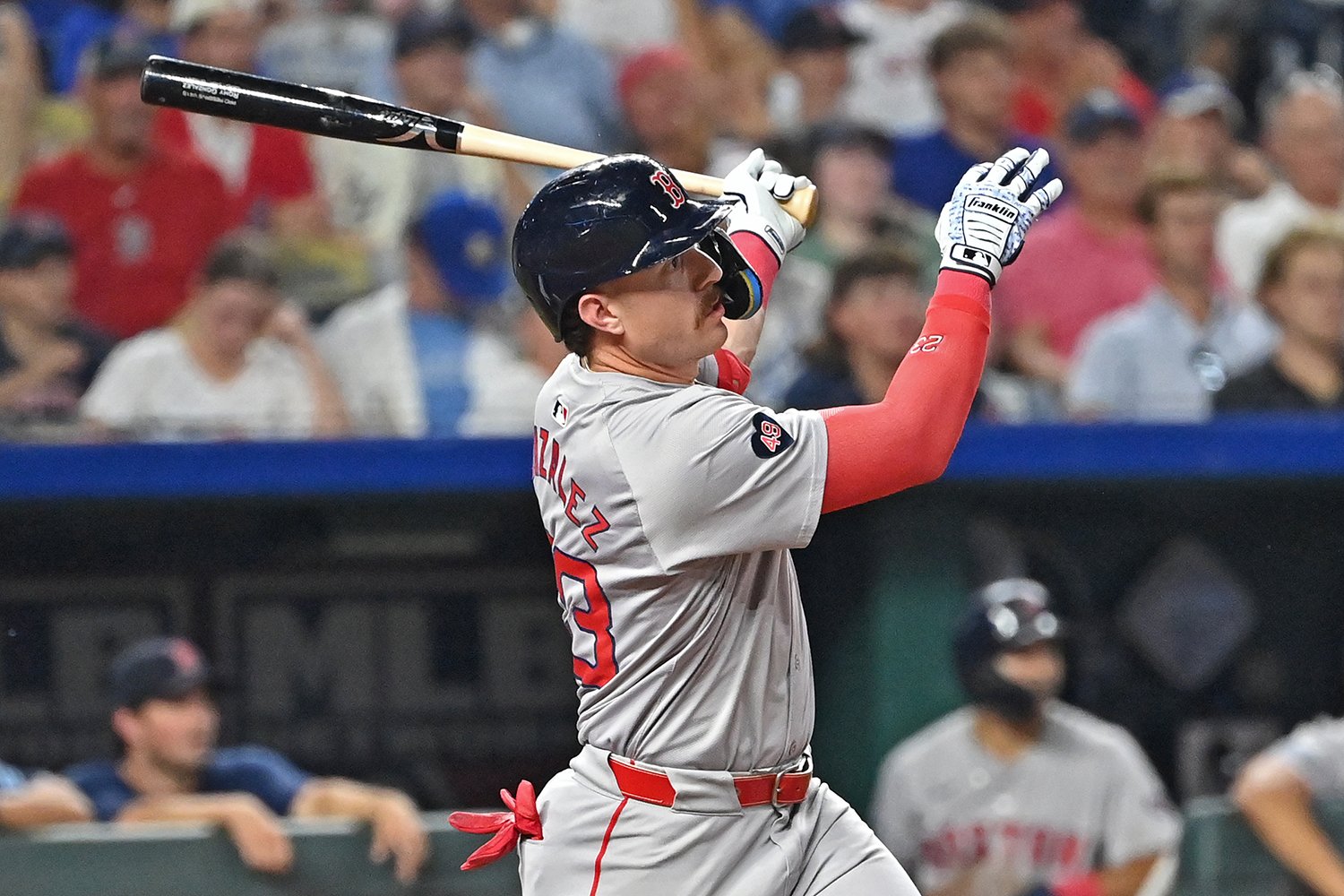
A potential acquisition of Schwarber or Alonso would represent a philosophical shift for Breslow’s front office one that embraces the idea that some players are simply too productive to share playing time or shuffle around the field. It would also serve as a signal to fans and players alike that the Red Sox are serious about returning to the top of the American League hierarchy and making a legitimate push toward the World Series.
Still, even if Boston doesn’t make a splashy move for a power hitter, the foundation of their approach remains sound. The Red Sox have built a roster with enviable depth and a strong mix of youth and experience. Rafaela’s defensive brilliance, Duran’s speed and energy, Yoshida’s on-base ability, and Abreu’s emerging bat give the lineup versatility that few teams can match. Adding a full-time DH would limit some of that roster flexibility a trade-off Breslow must weigh carefully.

Ultimately, the Red Sox’s offseason may come down to how aggressively they’re willing to pursue impact talent at the cost of versatility. Breslow’s remarks suggest he’s open to making an exception for the right player someone whose offensive prowess transcends the team’s usual standards of adaptability. Whether that ends up being a slugger like Alonso, a power-hitting outfielder, or another surprise name remains to be seen.
What’s clear is that Boston is at a pivotal juncture. They’ve assembled the framework of a well-rounded, competitive roster, but to reach the next level to truly compete with the likes of the Yankees, Astros, and Dodgers they’ll need that one transformative bat to elevate the lineup from good to great.
For now, Breslow is leaving the door open to all possibilities. The Red Sox may continue to value versatility as their defining trait, but as he made clear, there are exceptions worth making when the talent level demands it. In a league where every edge matters, Boston’s front office seems ready to explore both paths one built on balance and flexibility, the other on sheer power and production in pursuit of the ultimate goal: bringing another championship back to Fenway Park.
